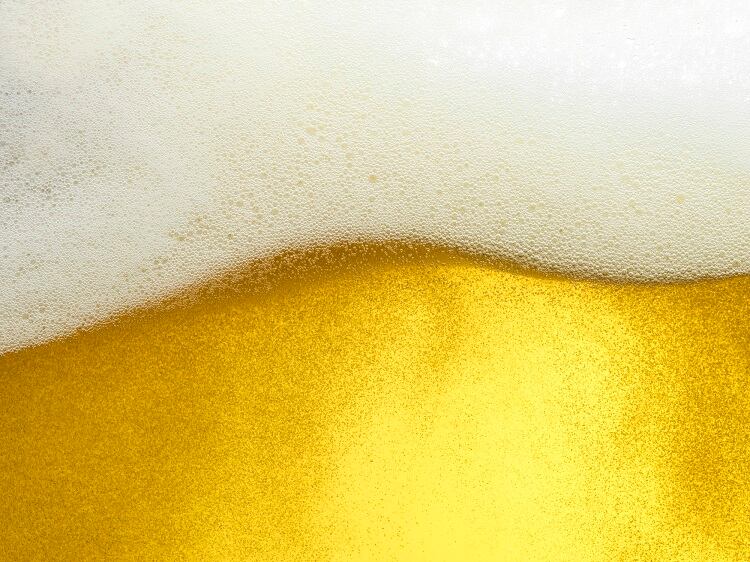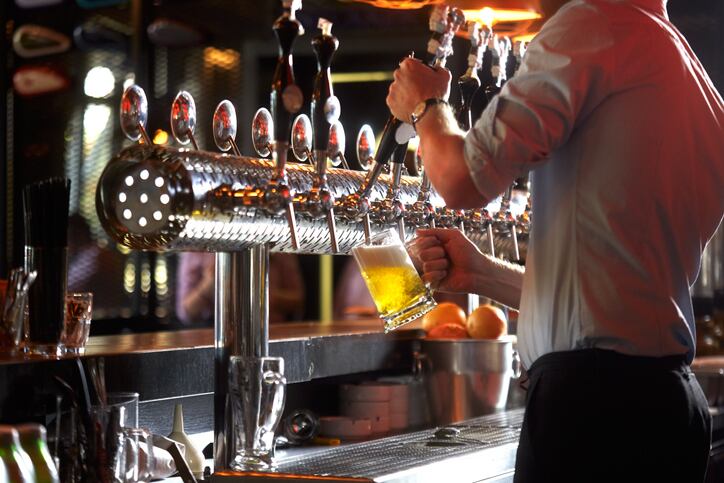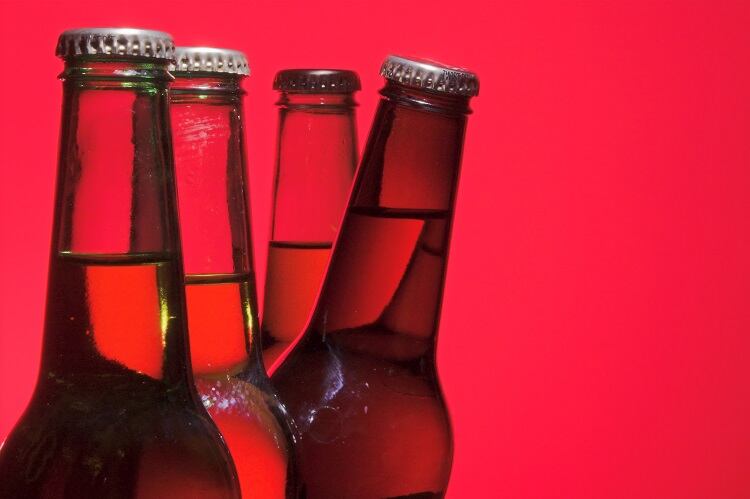The non-alcoholic beer market has exploded in recent years and is forecast to grow by 7% over the next five years, according to Euromonitor.
In the UK, which is considered one of the most dynamic markets for no- and low-alcohol, drinks market analyst IWSR estimates more than half the adult population bought a no-alcohol or low-alcohol product last year.
Chr Hansen first entered the space back in 2016, with the launch of one strain for non-alcoholic brewing. The Danish ingredients supplier prides itself on being the first to launch a biological solution to produce a 0.0% non-alcoholic beer.
Almost eight years on, and Chr Hansen sees no sign of the non-alcoholic beer slowing down. “We anticipate that the trend will continue and grow in the future,” Sofie Saerens, senior commercial manager, told FoodNavigator. “We also expect that the taste and quality of the beers will advance and that more people choose non-alcoholic beers for different occasions.”
What’s driving the non-alcoholic beer trend?
The growth of the non-alcoholic beer market is largely linked to consumer desire for health and wellness, as well as the diminishing stigma around non-drinkers. “This trend is driven by health-conscious consumers and consumers who prefer beer but would like it to be both tasty and alcohol free,” said Saerens.
Specifically, the ingredients supplier has seen increasing interest amongst younger and older generations, and believes this is ‘closely linked’ to the health consciousness of consumers in these generations. Indeed in the UK, one in five Gen Z consumers claim to be teetotallers.
“It’s not unusual to hear people asking for a non-alcoholic beer in a bar, which was unlikely just a couple of years ago,” said Saerens.
Flavour and taste also remain ‘crucial’ factors in consumer acceptance of these beverages, which for Chr Hansen highlights the importance of offering diverse flavour options to meet market demand.
Industry is responding with increased production of alcohol-free beers. And beer majors such as AB InBev and Heineken have set specific targets for how much of their beer volume should be non-alcoholic. For AB InBev, 20% of its beer should be low or non-alcoholic by 2025.
How do Chr Hansen strains make non-alcoholic beer?
Chr Hansen, too, is responding to growing demand by expanding its strains offering for non-alcoholic brewing. Following the launch of its first strain in 2016, the supplier is adding two more to the portfolio.
“With new strains in our portfolio, brewers can now offer an even greater variety of flavours to consumers who are seeking non-alcoholic options,” Saerens told this publication.
The strains can be used just like in conventional beer production, with the main difference being that the yeast used in the fermentation process does not produce alcohol. Brewers exchange the ‘alcoholic’ yeast with a ‘non-alcoholic producing’ yeast called Pichia kluyveri, explained the commercial manager.
“Our Neer strains cannot metabolise the maltose in the worth (which is the main sugar), but only the small amount of glucose that is present. This means that the yeast cannot produce alcohol from maltose and therefore not be used to produce a conventional beer.”
Instead, the yeast species can produce the flavours needed to bake a non-alcoholic beer taste like an alcoholic beers. They can be used for both 0.0% ABV beers as well as <0.5% ABV beers.
New strains for new flavours
As to how the company’s new strains differ from its original offering, Chr Hansen says it comes down to flavour variety.
Neer Poly is designed for those who prefer a more ‘neutral’ impact of the yeast and works best for pilsner, stout and ale beers. Neer Punch, on the other hand, is described as a more ‘fruit-forward’ beer and as such is better for IPAs, wheat and fruit beers.
“Our…technology provides the full beer experience, creating a well-integrated body and mouthfeel that rivals traditional alcoholic beers,” said Saerens. “Plus, our yeast technology streamlines the brewing process, enabling cost savings and sustainability benefits.”




